Skillbuild #5 – The blog is live! And building a productivity engine for focused learning
With thoughts on rethinking productivity and sharing your work online
Welcome to Skillbuild — weekly notes on rapid learning and building skills.
It’s been a busy week. My business took up most of my time, but I powered through the final stages of coding my blog. This week:
💭 Reflections: rethinking productivity as the engine for learning
🤖 Vibe Coding: the blog is live! Plus thoughts on why bother making a blog in this day and age?
✍️ Writing practice: comparing two authors on writing
📚 Books I read: The Pathless Path by Paul Millerd, After Dark by Haruki Murakami, The Dungeon Anarchist's Cookbook by Matt Dinniman
💭 May Learning Reflections: Rethinking productivity as the engine for learning
Right now, writing, learning, and thinking is deeply satisfying. My goal this year was to build a foundation of core skills that would eventually let me explode with creativity—across writing, design, art and whatever else I was curious about. But, as always, the challenge is time.
When I started stacking new goals, I had to cram the learning habits into the few precious hours I had after work. The whole system is like juggling balls on a tightrope. Staying productive feels like a fine balance.
What is productivity really?
To me, productivity encompasses everything—from the apps you use and how you manage tasks to how often you work out and what you eat. These are all learnable skills. In combination, they become the engine behind how you show up and whether you make space for the things you care about.
Even simple productivity skills can save hours in aggregate. Decent task management, for example, prevents countless hours of unfocused, unprioritised work. That might look like a crumpled to-do list in your pocket or a hardcore GTD system you show off to your mum. Either way, it’s a skill that compounds.
Unlearning and rebuilding
I was reading How to Learn Anything by Scott H. Young, and this story stood out (paraphrased):
At the peak of his career, Tiger Woods once completely rebuilt his golf swing. Known for his powerful drives, Woods relied on a whiplike action that required intense, almost unconscious, correction mid-swing—twisting the clubface just in time. He called it “winning with perfect timing.”
But he knew that kind of improvisation wasn’t sustainable. Despite the risk, he decided to tear it down and start again […] After eighteen months of grinding practice and a tournament season where he underperformed due to the unfamiliar swing, Woods found his groove with a new motion. The year after, he posted eight tournament wins, a feat that hadn’t been accomplished since 1974.”
The takeaway: You’ve got to be willing to unlearn.
It’s easy to lean into what works—reading more, consuming more, producing more. That’s the golf swing that got you this far. But sometimes, you need a foundational upgrade.
A 20% improvement in typing speed could let you convert thoughts into writing faster. Or switching to AI-powered dictation might help you draft articles while commuting. These changes can add up to millions of extra words a year.
Of course, prolific writers can still produce amazing work with pen and paper—so tools aren’t an excuse for procrastination or lazy thinking. But that doesn’t mean tools don’t matter. With the AI wave and emerging workflows, there’s no better time to revisit your foundational skills.
That’s why I’ve been asking myself: What productivity skills have I let slip, making things harder than they need to be? And which could I upgrade with minimal effort to save hours in the long run?
Some will involve new apps. Others, unlearning old habits. A few might require complete workflow rebuilds. That said, one principle always applies: Simplicity.
Add, then subtract. Try before you buy.
I’ve been thinking about what productivity skills I could build to strengthen the foundation for this current chapter of writing and learning—all anchored in one question:
How can my productivity skills support focused learning and creation?
I’ve always had one foot in the productivity world. I took Building a Second Brain by Tiago Forte years ago. But what really pulled me in was his writing. (Side note: If you’re interested in learning and systems, I highly recommend his piece on Theory of Constraints.)
One useful framing Tiago has for the productivity problem is the “Digital productivity pyramid.” A way to build up from the basic digital skills up towards a holistic way of working. His diagram is here:
My own productivity pyramid has emerged organically over the years. I’ve built a solid writing routine, but now feels like a good time to revisit the basics I skipped—like touch typing—and explore newer modes of working, like AI workflows.
On a whim, I sketched out a visual diagram of what I’m building next:
This visually represents this next phase of my skill building journey that I’m exploring. Let me know if this idea interests you and I’ll expand on it!
Next up: Starting from the ground up
So, next week I’m getting back to basics. These are smaller, quicker skills to learn, but I think the long-term payoff will be massive:
Touch typing
Keyboard shortcuts
AI-assisted workflows (including prompt engineering)
Streamlining my creative tool stack
They’re not flashy skills, but they remove friction, improving speed of input to output. A RAM upgrade for creative velocity.
Skill check: Vibe coding
Done and dusted. Also answering why bother making a blog in this day and age?
✅ Project 1: Publish personal blog
After a few late nights and more fiddling than I wanted, the blog is finally live!
Check it out here: goodluckman.com
I play-tested it with some friends who hadn’t heard about it. In explaining it, I had to ask myself: Why am I actually doing this?
At first, it was just a personal itch—a space to post my writing. But I naturally started adding things… design projects, reading notes, a few experiments. It’s evolved into something like
’s site: no niche, just a digital playground for whatever I’m into.This reminds me of Naval Ravikant’s idea:
Escape competition through authenticity.
A personal site is your online home of whatever you do. The multi-interested, authentic you. It’s more like a front porch where your ideas, interests and hobbies live. A space that says, Here I am. Come say hi.
Why I think it matters:
People can come explore your ideas and hang out
Your voice has a place to emerge through sharing and feedback
It’s networking for introverts—you’re not pushing and selling, you’re pulling and attracting
It’s an idea that’s had many forms:
Your opportunity magnet
Working in public
Your Serendipity vehicle and Personal monopoly (à la David Perell)
You Luck Surface Area (how very on-brand for me)
Similarly you get the power of online leverage (one piece of content to many readers) and the compounding effect of building a body of work over time.
That’s the theory, anyway. We’ll see how it plays out. If you have thoughts or your own experiences, I’d love to hear them:
Putting the cherry on top
This week’s coding was about adding bells and whistles and the final pizazz to the blog including a dice easter egg that you can click to roll 🎲. Back when I worked in design, I loved finding ways to create moments of surprise and delight in someone’s first contact with a brand. So when I came across this neat animation on Codepen (thanks, jico), I edited it and integrated it into the site. Rather than stitching it in manually, I asked Cursor to read the existing files and recreate it. Turned out easier than expected and I’m plenty happy with the result.
The rest was tons of CSS tweaks, making it responsive for different platforms and preparing and uploading content—an ongoing process. For now, vibe coding is complete. I’m scaling coding time back to 1–2 hours per week to stay fresh, but keep the exploration light. I’m shifting into maintenance mode rather than remaining a major skill focus.
Skill check: Writing
✅ Published 1 Article
This week, I published a short article breaking down the advice from William Zinsser and Stephen King’s books on writing. These two books were very enjoyable and foundational for me, and I think they’re essential reads for anyone learning to write.
I tried something new here: Writing a piece comparing and cross-referencing insights from two authors. Both writers are blunt and brilliant, so it was a fun challenge weaving together their voices.
Writing took a bit of a back seat while I finished the blog build, but now that it’s live, I’m keen to dive back into more writing next week.
Books I read
The Pathless Path by (4.5⭐) - Enjoyable read that resonated. Easy to relate to if you’ve worked in corporate and wanted out. Millerd helps to open up possibility and break free from years of internalised expectations of work. Lots of things echoed with my own journey: “Being at the frontier of your current reality is disorienting. Deep down you might have a sense that you should keep going in a certain direction, but you never know why.”
After Dark by Haruki Murakami (4⭐) - A beautifully strange little book that lingers like a dream. In classic Murakami fashion, it feels like 2 a.m at a jazz club.
Dungeon Crawler Carl #3 – The Gate of the Feral Gods (4⭐) - Part 3, totally amped up and non-stop.
That’s all for this week!



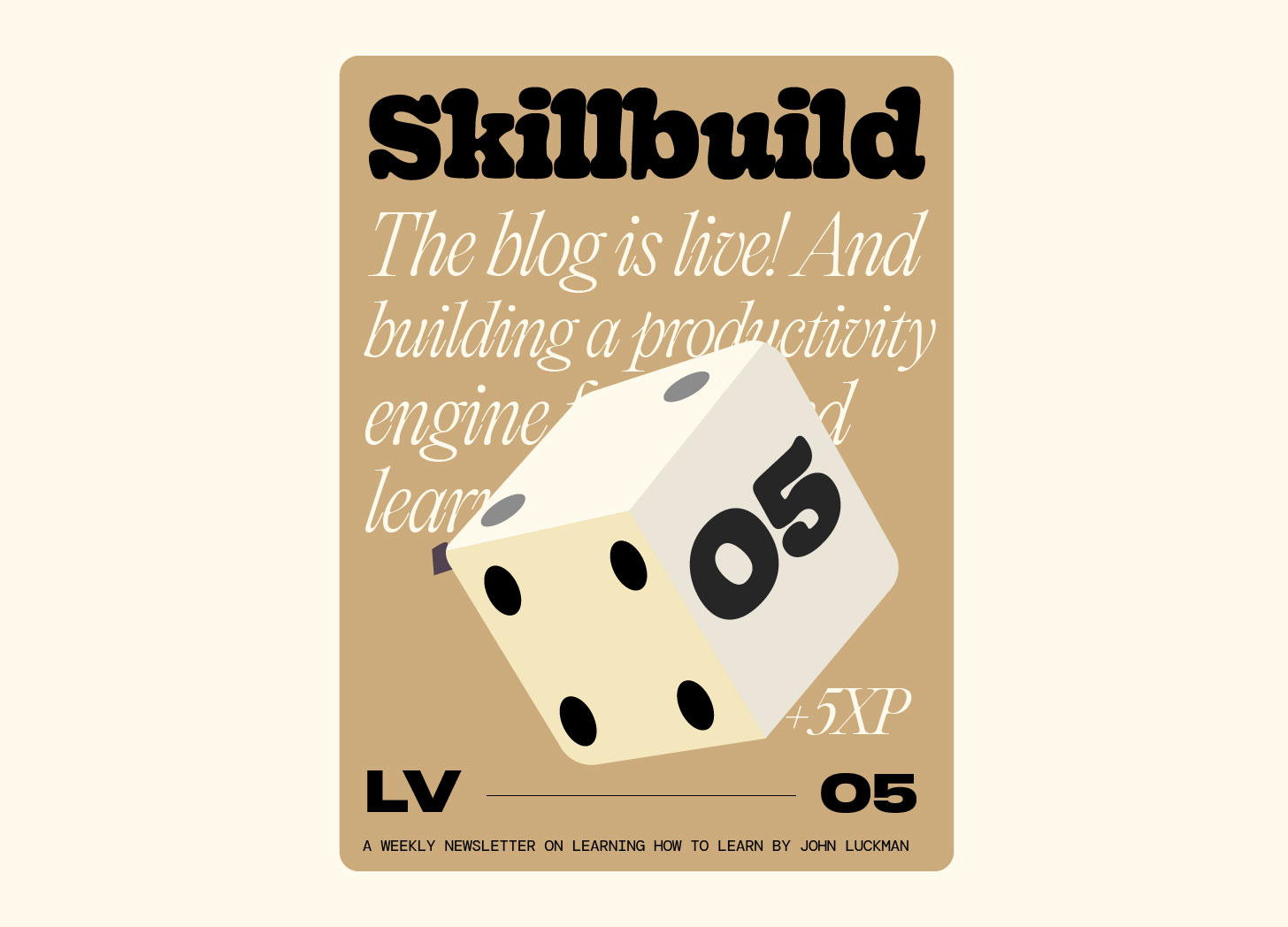
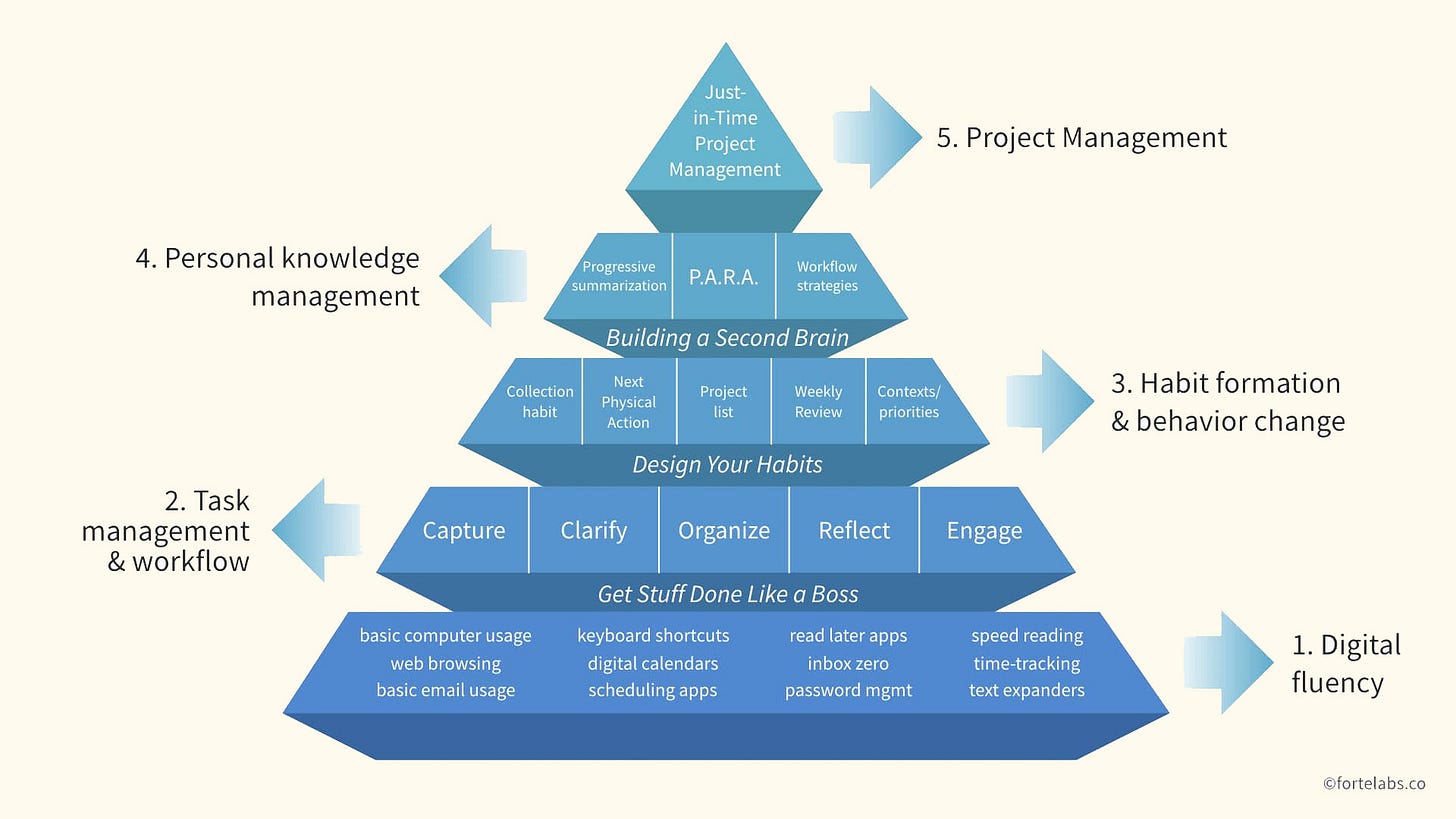
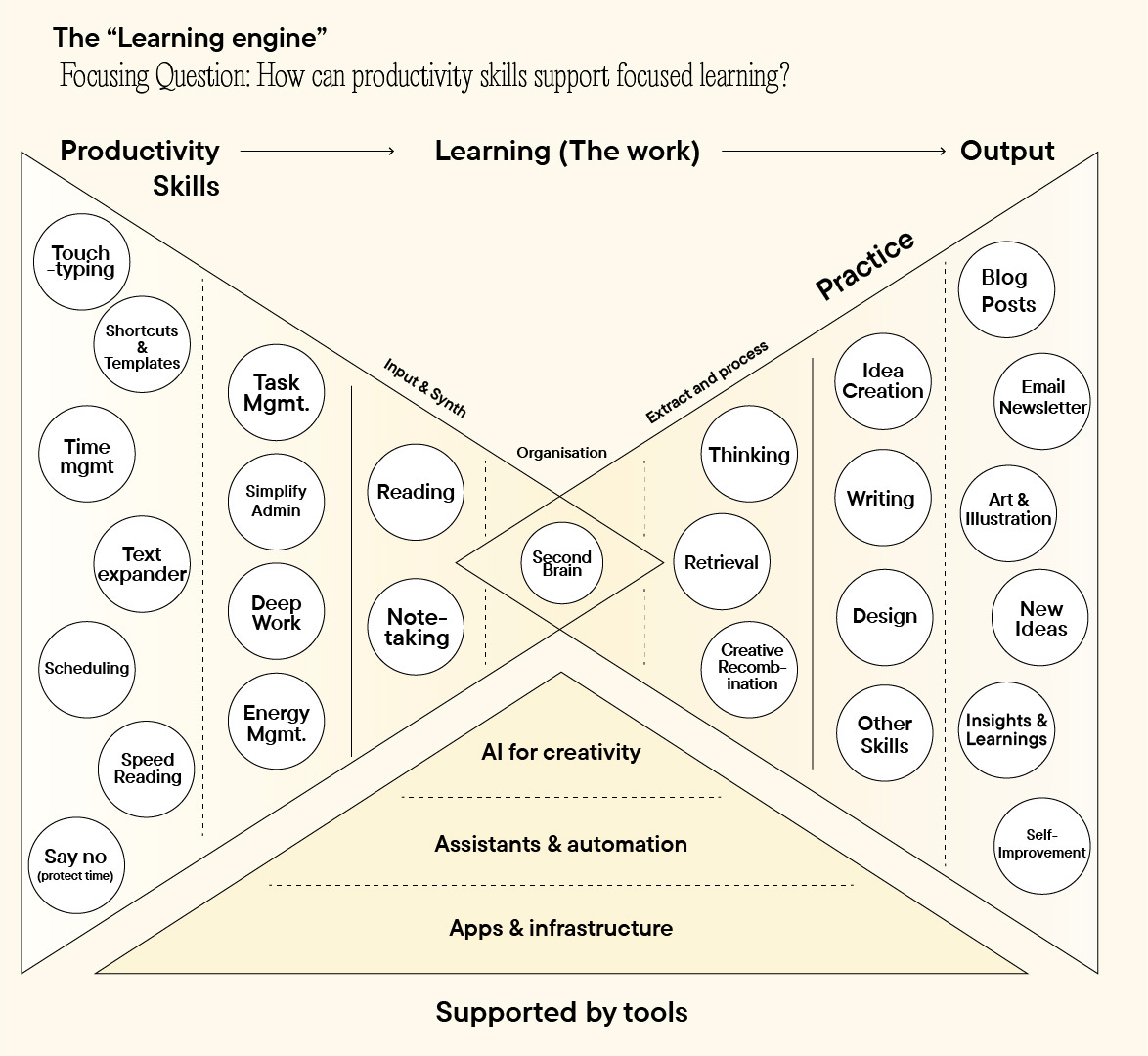

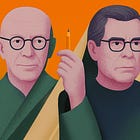
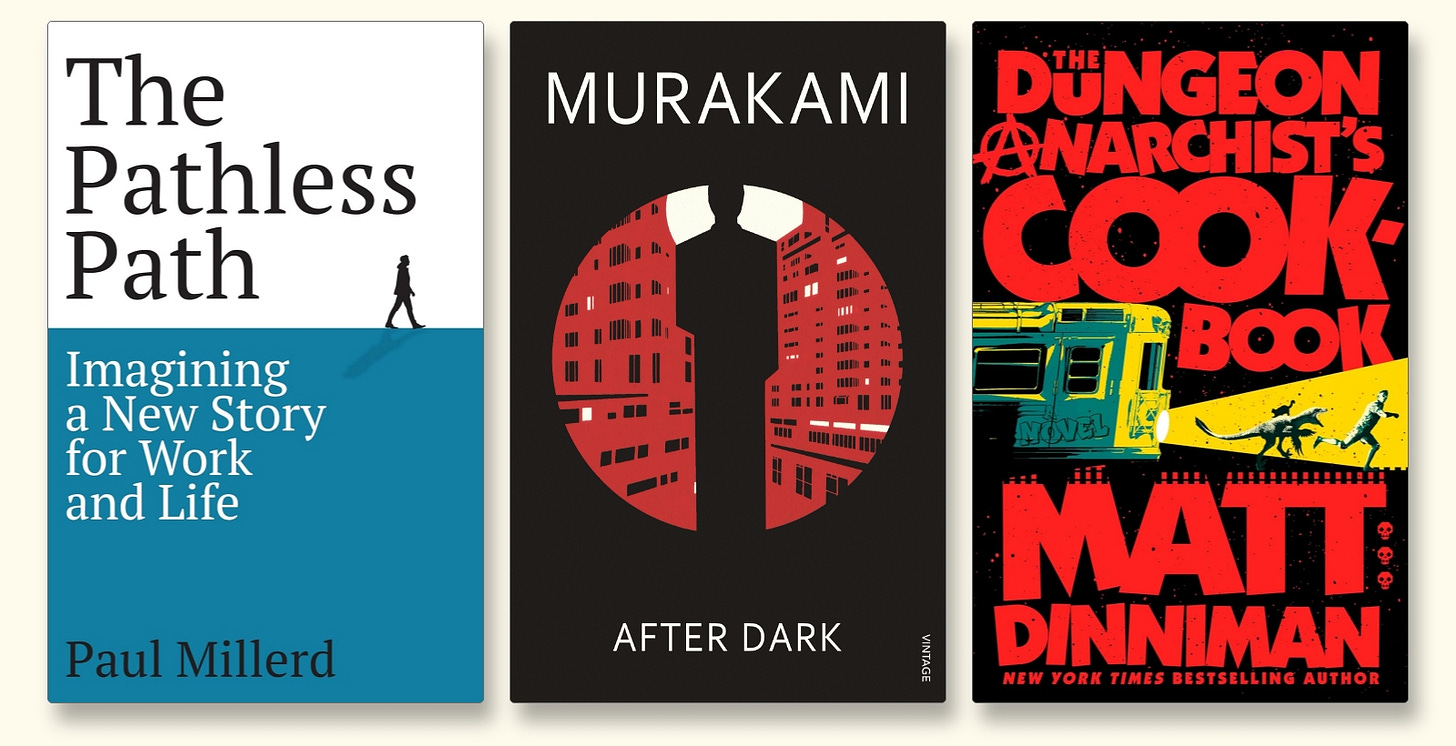
4.5! Stars. I’m flattered. Thank you for engaging with my work